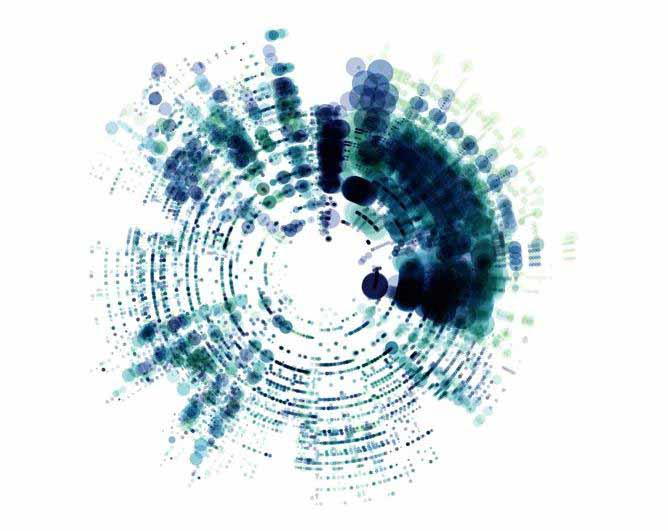The Future of Data Visualization
It is a known fact that how data is visualized has evolved over the last ten years or so. Many companies, organizations and industries have sophisticated tools and softwares to present the enormous amounts of data they have been collecting. We have said goodbye to the old, traditional ways of data representation. Now, it’s not just putting some bars and charts into the presentation. One whole industry emerged and evolved from this simple storytelling. Today, we have highly- engaging and integrative designs incorporated in the real world.
Not only they serve as a way to visually present the gathered data, but they are also used as convincing tools for fast decision-making. The data and information they present is valuable, valid and convincing. It draws an integrative response from all kinds of users.
It takes them on a personalized user journey. And then, it helps them understand the presented data and gives them detailed and trustful insights.

Many product companies began using data visualization as a way to commercialize and personalize data. This was not only overlaid into our physical environment, but it also augmented the reality itself. What this means is that as much as data has become more visualized, our visual reality has turned into data twice the size.
People have bigger and higher expectations of how much data is available to them. They want to understand the digital world at its core. People want data to be accurate and useful. They want to know how it will be visualized in the future. This whole trend is to create new tools to implement when collecting data. That is why there has been an increased number in interest in tools like Power BI and Tableau.
Smartphone-friendly data visualization
Almost half of the internet traffic comes from smartphones. We have become more mobile and so did our needs. Users want and should be able to access information instantly from their mobile device. As of then, the data visualization industry has gained significant importance. A massive shift happened when users switched from desktop computers to mobile phones. This transition made designers to take the visualization process to the next level.
This future trend is ensuring that more users are now able to analyse data and derive useful insights right from their personal smartphones.
Data-driven Journalism
Data is becoming available and accessible to everyone. The data-driven journalism is the future form of old-fashioned journalism and newsreporting. Mass media companies are going to expand more and so will their use of data. Stories will be told by using virtual reporting of past events. Infographics and statistics maps are just the beginning of the tools the journalism industry will use to tell stories and data. The journalism creators and news reporters have yet to use data visualization as a part of their normal, everyday storytelling.
Increasing variety of data sources
There have been massive amounts of data generated the past five years. Large corporations have the need to look at insights from complex data sources. As Big Data has become a normal part of our lives, up to 70% of corporate executives think of data as the most important factor. Now, the biggest problem isn’t to find the data. It is to actively visualize it. And, in order to do so, quality data has to be fed into the data analysis systems. What this means is that data visualizers and designers now have to first judge the collected data, to select the right type and then to sort it and process it in a simple but effective way.
Artificial Intelligence (AI)
Data visualization has become an inseparable part of Artificial Intelligence (AI). They complement one another. AI impacts data visualization and how data is interpreted. Traditional dashboards aren’t able to deal with the increasing data collection. They are not able to deal with it anyways. This is where AI and machine learning come into play. Combined with data visualization, they now redefined the user experience and user journey. AI and machine learning are effective because of their NLP (Natural Language Processing). They are able to capture crucial insights from data. This whole system is what makes data visualization effective and interactive.
In conclusion, the massive increase of data volume, data visualization the key to a great business. It is constantly evolving rapidly, thus it never stops learning. We can only imagine what data visualization will look like in the future. This is a long journey to a relatively new branch that will most likely be incorporated in our lives without us even knowing.